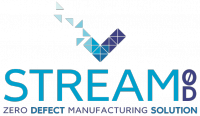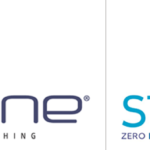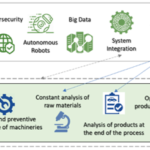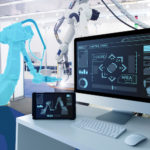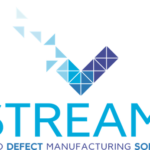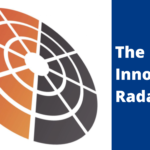Crucial steps for a (successful) technology transfer process
‘Technology transfer’ is a recurring concept when speaking of innovation, new technologies and how to transform brilliant ideas into real world applications.
However: is really technology transfer a simple process to implement? And how can researchers be sure of the effectiveness of the innovation path they are following? These very questions arise any time that we, at Day One, deal with an emerging technology and the people behind it.
One thing is clear: before investing money, energy and time in a new technology with the idea to put it on the market and make money out of it, anybody should take into account the above-mentioned questions. It is in fact fundamental to bear in mind that tech transfer is challenging, time-consuming and very labor-intensive. These efforts are necessary to safely pass through the Death Valley (the phase between the birth of the idea and its commercialization), eventually reaching the end of this exciting journey.
Different perspectives
Although adopted for a long time, the technology push perspective (i.e. the process by which research moves towards the market) is now under renovation and a market pull approach is taking its place.
In a market pull approach researchers talk with the industry/market before starting to work on the project instead of showing results at the end of it and then adapt the idea/innovation accordingly to the market requests.
Nevertheless, there are still cases in which projects, before any further market analysis, are already at an advanced stage of development and the owners want and need to commercialize them. Below, an easy-to-use to-do list is sketched: it might help who are in the same situation during the technology transfer journey.
- The TRL value for the technology must be defined: if the technology is still laying under the 5-6 level, time and work are necessary to increase the TRL at least to 6 (the higher the better, anyways) to have a chance on the market.
- A functioning prototype (if possible) is needed: that can be shown to the audience interested in buying the invention.
- The uniqueness of the invention and its Intellectual Property (IP) coverage (or the advancement of the patent filing process) have to be shown. This could help increase the interest of industrial and/or commercial stakeholders in the technology.
- Be open minded to potential changes to be implemented on the invention as a result of the interaction with industrial stakeholders: that, it’s part of the game.
- Be a brave project owner: the industry is quite a shark tank.
STREAM-0D case
Within the STREAM-0D project, Day One is in charge of all tasks related to IPR management and protection. The main task concerns the product development plan, making sure that it satisfies the market requirements identified through the direct contact with industrial and commercial stakeholders.
STREAM-0D solution is a complex integration of different technologies; the aim is the creation of an innovative control system integrated in production lines able to reduce product variability, increase lines flexibility, and eventually achieve zero-defect production.
The idea behind STREAM-0D is a direct reflection of the newest trends in the scope of Industry 4.0: partners involved in the development of the solution are working together to bring to the market a technology that not only will be able to optimize the manufacturing process, but that will also introduce a predictive element; this, represent the real value proposition of the project.
The to-do list that have been sketched earlier in the article is the result of Day One’s experience in STREAM-0D and in many other projects that required support during the technology transfer process.
Follow STREAM-0D on:
